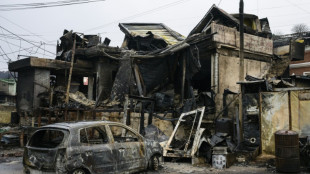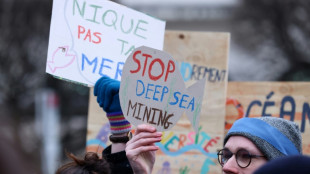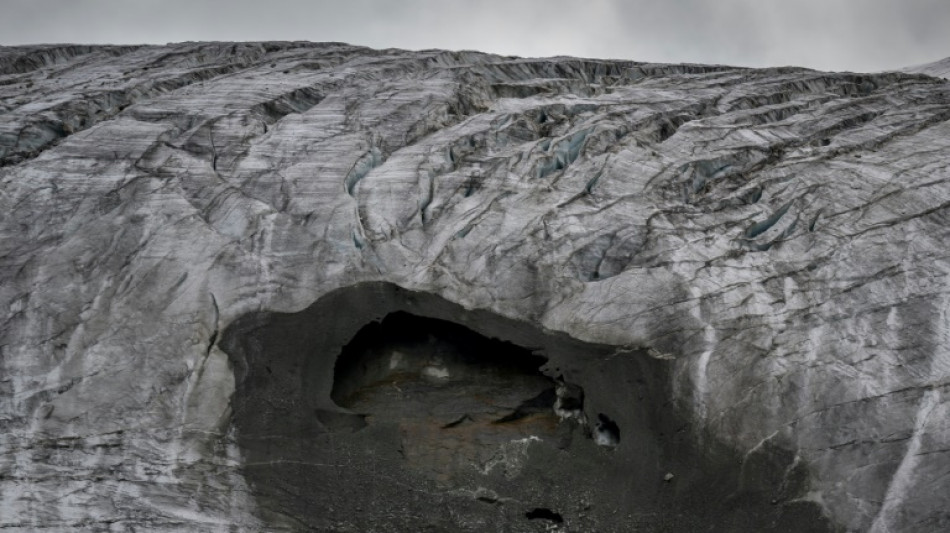
-
 Bangladesh begins three days of mass political rallies
Bangladesh begins three days of mass political rallies
-
Children learn emergency drills as Kashmir tensions rise
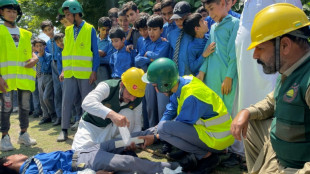
-
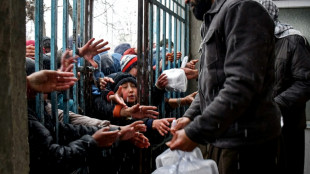 Millions of children to suffer from Trump aid cuts
Millions of children to suffer from Trump aid cuts
-
Veteran Wallaby Beale set for long-awaited injury return

-
 Syria's Druze take up arms to defend their town against Islamists
Syria's Druze take up arms to defend their town against Islamists
-
Tesla sales plunge further in France, down 59% in April

-
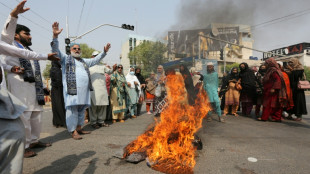 US calls on India and Pakistan to 'de-escalate'
US calls on India and Pakistan to 'de-escalate'
-
Israel reopens key roads as firefighters battle blaze
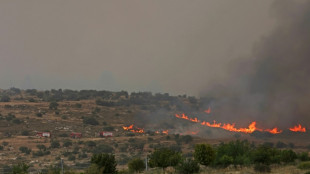
-
 Europe far-right surge masks divisions
Europe far-right surge masks divisions
-
James will mull NBA future after Lakers playoff exit

-
 Ukraine's chief rabbi sings plea to Trump to side with Kyiv
Ukraine's chief rabbi sings plea to Trump to side with Kyiv
-
Australian mushroom meal victim 'hunched' in pain, court hears

-
 Lakers dumped out of playoffs by Wolves, Rockets rout Warriors
Lakers dumped out of playoffs by Wolves, Rockets rout Warriors
-
Booming tourism and climate change threaten Albania's coast
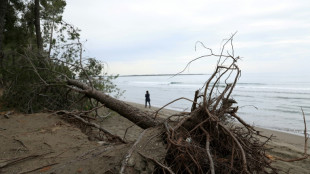
-
 US reaching out to China for tariff talks: Beijing state media
US reaching out to China for tariff talks: Beijing state media
-
Tariffs prompt Bank of Japan to lower growth forecasts

-
 Kiss faces little time to set Wallabies on path to home World Cup glory
Kiss faces little time to set Wallabies on path to home World Cup glory
-
Serbian students, unions join forces for anti-corruption protest

-
 Slow and easily beaten -- Messi's Miami project risks global embarrassment
Slow and easily beaten -- Messi's Miami project risks global embarrassment
-
Fan in hospital after falling to field at Pirates game

-
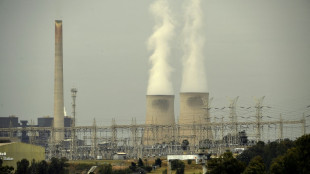 Nuclear power sparks Australian election battle
Nuclear power sparks Australian election battle
-
Tokyo stocks rise as BoJ holds rates steady
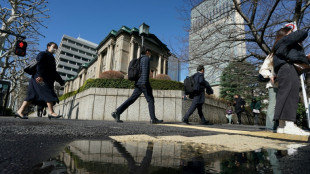
-
 Bank of Japan holds rates, lowers growth forecasts
Bank of Japan holds rates, lowers growth forecasts
-
'Sleeping giants' Bordeaux-Begles awaken before Champions Cup semis

-
 Napoli eye Scudetto as Inter hope for post-Barca bounce-back
Napoli eye Scudetto as Inter hope for post-Barca bounce-back
-
Germany's 'absolutely insane' second tier rivalling Europe's best

-
 PSG minds on Arsenal return as French clubs scrap for Champions League places
PSG minds on Arsenal return as French clubs scrap for Champions League places
-
UK WWII veteran remembers joy of war's end, 80 years on

-
 Myanmar junta lets post-quake truce expire
Myanmar junta lets post-quake truce expire
-
Rockets romp past Warriors to extend NBA playoff series

-
 Messi, Inter Miami CONCACAF Cup dream over as Vancouver advance
Messi, Inter Miami CONCACAF Cup dream over as Vancouver advance
-
UN body warns over Trump's deep-sea mining order

-
 UK local elections test big two parties
UK local elections test big two parties
-
US judge says Apple defied order in App Store case

-
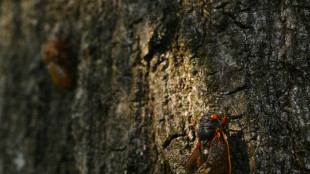 Seventeen years later, Brood XIV cicadas emerge in US
Seventeen years later, Brood XIV cicadas emerge in US
-
Scorching 1,500m return for Olympic great Ledecky in Florida

-
 Israel's Netanyahu warns wildfires could reach Jerusalem
Israel's Netanyahu warns wildfires could reach Jerusalem
-
Istanbul lockdown aims to prevent May Day marches
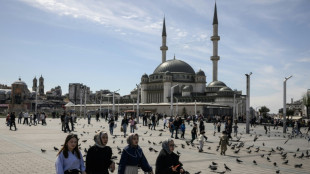
-
 Australian guard Daniels of Hawks named NBA's most improved
Australian guard Daniels of Hawks named NBA's most improved
-
Mexico City to host F1 races until 2028

-
 Morales vows no surrender in bid to reclaim Bolivian presidency
Morales vows no surrender in bid to reclaim Bolivian presidency
-
Ukraine, US sign minerals deal, tying Trump to Kyiv
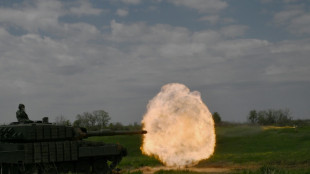
-
 Phenomenons like Yamal born every 50 years: Inter's Inzaghi
Phenomenons like Yamal born every 50 years: Inter's Inzaghi
-
Ukraine, US say minerals deal ready as Kyiv hails sharing
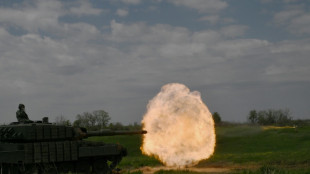
-
 Global stocks mostly rise following mixed economic data
Global stocks mostly rise following mixed economic data
-
O'Sullivan says he must play better to win eighth snooker world title after seeing off Si Jiahui

-
 Sabalenka eases past Kostyuk into Madrid Open semis
Sabalenka eases past Kostyuk into Madrid Open semis
-
Netflix's 'The Eternaut' echoes fight against tyranny: actor Ricardo Darin

-
 US economy unexpectedly shrinks, Trump blames Biden
US economy unexpectedly shrinks, Trump blames Biden
-
Barca fight back against Inter in sensational semi-final draw


Swiss glaciers shrink in half since 1931: study
Swiss glaciers have shed half their volume since 1931, Swiss researchers said Monday, following the first reconstruction of the country's ice loss in the 20th century.
Rapid glacier melt in the Alps and elsewhere, which scientists say is driven by climate change, has been increasingly closely monitored since the early 2000s. However, until now there has been little insight into how glaciers changed prior to that during the 20th century, with only a handful of individual glaciers tracked over time, and with different models for estimating their volume.
But Swiss researchers from the ETH Zurich technical university and the Swiss Federal Institute for Forest, Snow and Landscape Research WSL say they had now reconstructed the topography of all Swiss glaciers in 1931, making it possible to show how they have evolved.
"Based on these reconstructions and comparisons with data from the 2000s, the researchers conclude that the glacier volume halved between 1931 and 2016," they said in a statement.
Their study, published in the scientific journal The Cryosphere, used material from the TerrA image archive, which covers about 86 percent of Switzerland's glacierised area, analysing around 21,700 photographs taken between 1916 and 1947.
- Dramatic change -
For their reconstruction, the glaciologists used so-called stereophotogrammetry -- a technique used to determine the nature, shape and position of any object on the basis of image pairs.
"If we know the surface topography of a glacier at two different points in time, we can calculate the difference in ice volume," lead study author Erik Schytt Mannerfelt said in the statement.
The researchers presented side-by-side picture pairs showing the same spot nearly a century apart, indicating the dramatic change that has taken place.
The Fiescher Glacier, for instance, resembled a massive sea of ice in 1928, but in 2021, a few tiny specs of white were all that remained on the lush green mountainside.
Since the images used for the reconstruction were taken in different years, the study used the mean year 1931 as a reference and reconstructed the surface topography of all glaciers for that year, the statement said.
In their statement, the researchers stressed that glaciers did not continuously recede over the past century, pointing out that there was even sporadic mass glacier growth in the 1920s and 1980s.
But while there may have been growth over short-term periods, Daniel Farinotti, a glaciology professor at ETH Zurich and WSL and co-author of the study, said it was "important to keep the big picture in mind."
"Our comparison between the years 1931 and 2016 clearly shows that there was significant glacial retreat during this period," he said in the statement.
And the total glacier volume is decreasing at an ever faster rate.
While Swiss glaciers lost half their volume in the 85 years leading up to 2016, the Swiss glacier monitoring network, GLAMOS indicates that they lost a further 12 percent in the following six years alone.
Farinotti said the evidence was clear: "Glacier retreat is accelerating."
R.Adler--BTB

